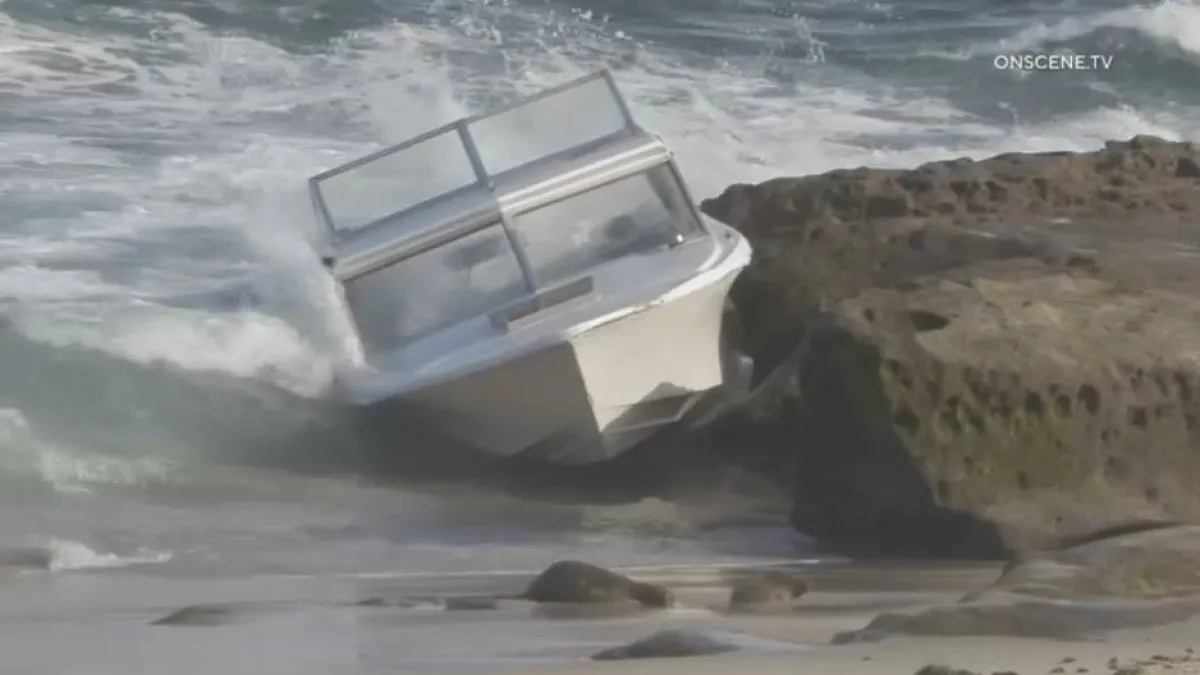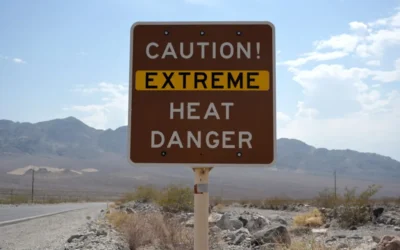In a significant event that underscores the ongoing challenges surrounding immigration in the United States, nine undocumented migrants were detained after a small boat washed ashore in La Jolla, California. According to U.S. Customs and Border Protection (CBP), the individuals on board fled the vessel upon landing. This incident raises pertinent questions regarding immigration policy, the dangers faced by migrants, and the broader context of smuggling operations along the U.S.-Mexico border.
The Incident in La Jolla
The boat, believed to have originated from Mexico, was discovered on the morning of October 2, 2023. Local authorities reported that the vessel had washed ashore at a popular beach in La Jolla, a seaside community known for its scenic views and tourist attractions. The sight of the boat on the sand immediately drew the attention of beachgoers and law enforcement.
CBP agents arrived at the scene shortly thereafter. Witnesses recounted seeing a group of individuals fleeing from the boat into the nearby hills as authorities approached. This marked the beginning of a frantic search for the migrants, which concluded with the detention of nine individuals.
According to CBP spokesperson, Agent Maria Lopez, the migrants were likely attempting to cross into the United States via a dangerous maritime route, which has become increasingly prevalent in recent years. “This situation is a stark reminder of the lengths to which some individuals will go to seek a better life,” Lopez stated during a press conference following the incident.
Broader Context of Maritime Migration
Incidents like the one in La Jolla are part of a larger trend observed along the southern California coast. As border security has tightened, some migrants have turned to maritime routes as an alternative means of entry into the United States. These maritime crossings are particularly perilous due to the unpredictable nature of the Pacific Ocean, leading to dangerous conditions at sea.
According to CBP statistics, maritime arrests have seen a significant increase in recent years. In 2022 alone, there were over 1,500 maritime apprehensions reported along the California coastline, a sharp increase compared to previous years. Experts attribute this surge to multiple factors, including political instability in migrants’ home countries, as well as the economic pressures exacerbated by the COVID-19 pandemic.
The Risks Faced By Migrants
The journey via sea is fraught with dangers. Vessels used for such crossings are often overcrowded and ill-equipped for the treacherous waters of the Pacific. Reports of capsized boats and drowned migrants are not uncommon, highlighting the perils of seeking a better life through such a risky means.
Environmental advocates also express concerns regarding the increasing volume of vessels. Some worry about the environmental impact of abandoned or capsized boats along the coast. As more desperate migrants attempt dangerous crossings, the potential for long-term damage to coastal ecosystems increases.
Legal Framework and Challenges
The legal framework governing immigration is complex and often contentious. The continued influx of undocumented migrants has renewed debates over U.S. immigration policies. Proponents of reform argue for pathways to legal status for individuals seeking asylum or escape from dire situations in their home countries. Conversely, opponents warn about the implications of lax policies on national security and the economy.
As CBP continues to face a growing number of maritime immigration cases, its resources and strategies are being put to the test. The agency has been criticized for its handling of such cases, with calls for a reevaluation of current policies surrounding asylum seekers and the treatment of detained migrants.
Community and Humanitarian Responses
Local communities often find themselves at the forefront of the humanitarian crisis presented by migrant detentions. Non-profit organizations and volunteer groups frequently step in to provide resources and support for detained migrants. In La Jolla, groups like the Coalition for Humane Immigrant Rights (CHIRLA) and San Diego Rapid Response Network have mobilized quickly to offer food, medical care, and legal assistance to migrants captured in these situations.
“The goal is to ensure that they receive fair treatment and a chance to present their case,” said Maria Gonzalez, a volunteer with CHIRLA. “We need to remember that behind every statistic, there are human lives, individuals seeking safety, and the opportunity to start anew.”
The Political Landscape
The immigration issue is inherently political, often becoming a battleground for competing ideologies. The recent incident in La Jolla may find itself ensnared in the larger immigration debate that is intensifying as the 2024 election approaches. Candidates from both sides will likely leverage incidents like this to bolster their positions either favoring strict border control or advocating for humane treatment of migrants.
Furthermore, the perception of border security as a critical national issue complicates the narrative surrounding immigration reform. As voters rally around their respective philosophies, the plight of migrants often becomes a secondary issue, overshadowed by polarizing opinions about investment in border control versus emphasis on humanitarian aid.
Moving Forward: Finding Solutions
As policymakers grapple with how best to address the challenges presented by foreign migrants seeking entry into the United States, the La Jolla incident serves as a poignant reminder of the urgent need for comprehensive immigration reform. Key issues to consider include the development of safer pathways for asylum seekers, addressing economic factors that drive migration, and ensuring humane treatment of all individuals who seek refuge.
Experts argue that without systemic changes, the United States will continue to witness an increase in perilous maritime crossings and the subsequent detentions that ensue. The key to progress lies not only in enforcement but also in understanding the root causes of migration and approaching the issue holistically.
Conclusion
The incident involving nine migrants in La Jolla is not just another headline; it is a window into a complex web of human stories, policies, and systemic challenges. As communities, activists, and lawmakers navigate the intricacies of immigration reform, it is crucial to remember the individuals behind the numbers. The journey of those persistently seeking a better life amid dangers and uncertainties must be met with compassion and commitment to justice. By fostering a collaborative approach to immigration policy, the U.S. can uphold its long-standing tradition as a refuge for those in search of hope and opportunity.







